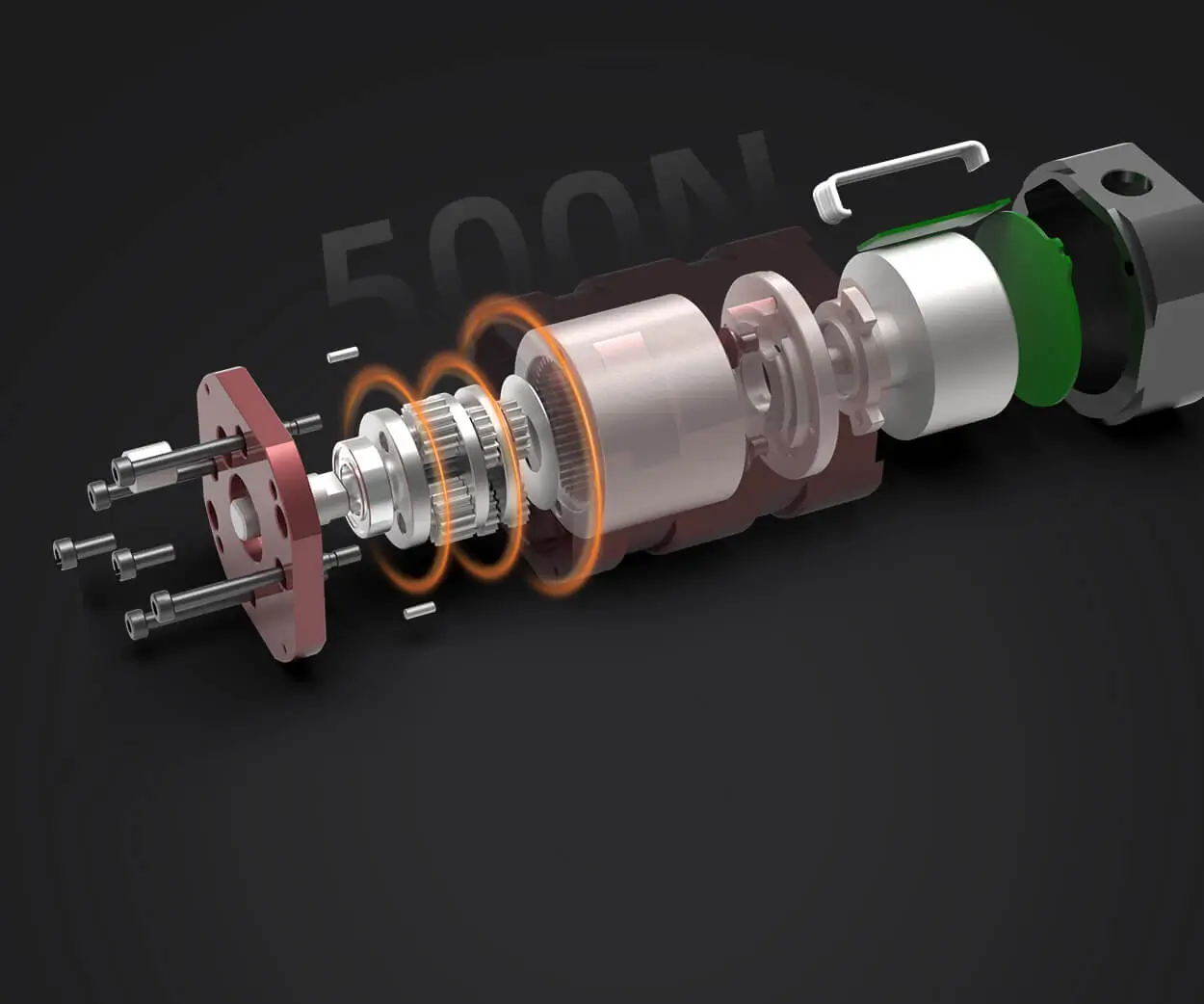Imagine you're piecing together a massive jigsaw puzzle—each piece fitting snugly, contributing to a bigger picture. That’s what designing microservice architectures with robust patterns feels like. In the wild world of microservices, where each service operates as a mini-application, figuring out how they communicate, evolve, and stay resilient is crucial. That's where design patterns come into play—they’re like the secret sauce for keeping everything running smoothly.

Picture this: A user uploads a photo. Behind the scenes, that request triggers multiple microservices—storage, processing, notification. Without proper design, chaos could unfold. Instead, applying patterns like the API Gateway offers a single point of entry, simplifying client interactions and reducing complexity. It’s like having a friendly concierge guiding visitors, making sure they get what they need without wandering into the wrong hall.
And let’s talk about resilience—failures happen. Here’s where circuit breakers shine. They prevent the domino effect if a service trips up, cutting off the faulty link without bringing down the whole system. It’s a smart safety net, much like not walking under a ladder after witnessing it fall. When you combine it with service discovery patterns, your microservices can locate each other dynamically, adapting to changes without missing a beat.
But the real magic lies in the flexibility these patterns confer. Say you want to add a new feature—like an AI-powered image filter—without disrupting existing services. Responsible design with patterns like the Event Sourcing or CQRS separates read and write models, making upgrades a breeze. They act like the scaffolding inside a building, holding everything steady while allowing new layers to be added.
Now, some wonder, “Are design patterns just fancy buzzwords?” Well, think about it: do you really want to reinvent the wheel every time? They streamline development, reduce bugs, and make scaling less of a nightmare. Plus, they lend predictability and structure—making troubleshooting much simpler when things go sideways. It’s about engineering a system that breathes, adapts, and keeps pace with demands.
The great thing? Implementing these patterns doesn’t mean rigidity. They’re adaptable—like choosing which roads to take based on traffic. Whether you’re running a fintech app with tight security needs or a social network requiring rapid deployment, patterns can be tailored. Think of them as custom suits—fit perfectly into your system’s style.
So, when the next big project comes knocking, or you want to breathe new life into your microservices, thinking in design patterns isn't optional. It’s the difference between chaos and harmony in your architecture. Trust that the right patterns will help transform complexity into clarity, giving your system both strength and agility.
Established in 2005, Kpower has been dedicated to a professional compact motion unit manufacturer, headquartered in Dongguan, Guangdong Province, China. Leveraging innovations in modular drive technology, Kpower integrates high-performance motors, precision reducers, and multi-protocol control systems to provide efficient and customized smart drive system solutions. Kpower has delivered professional drive system solutions to over 500 enterprise clients globally with products covering various fields such as Smart Home Systems, Automatic Electronics, Robotics, Precision Agriculture, Drones, and Industrial Automation.




































